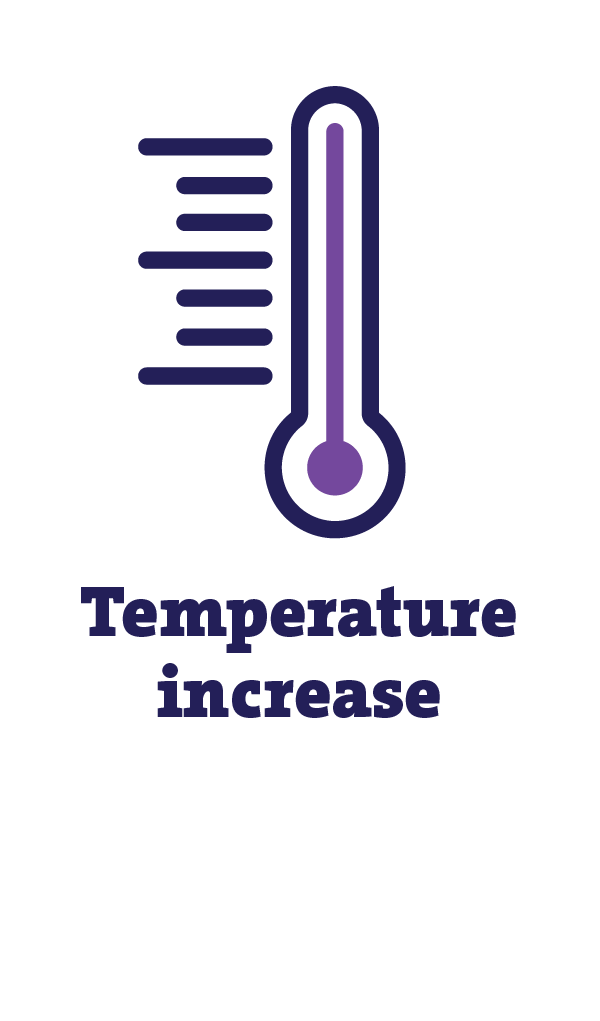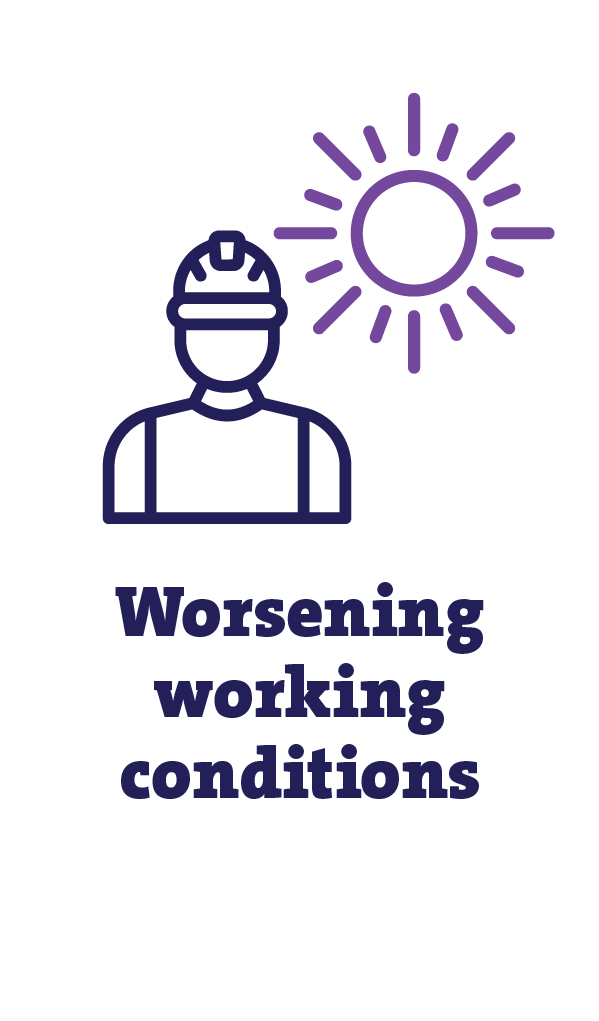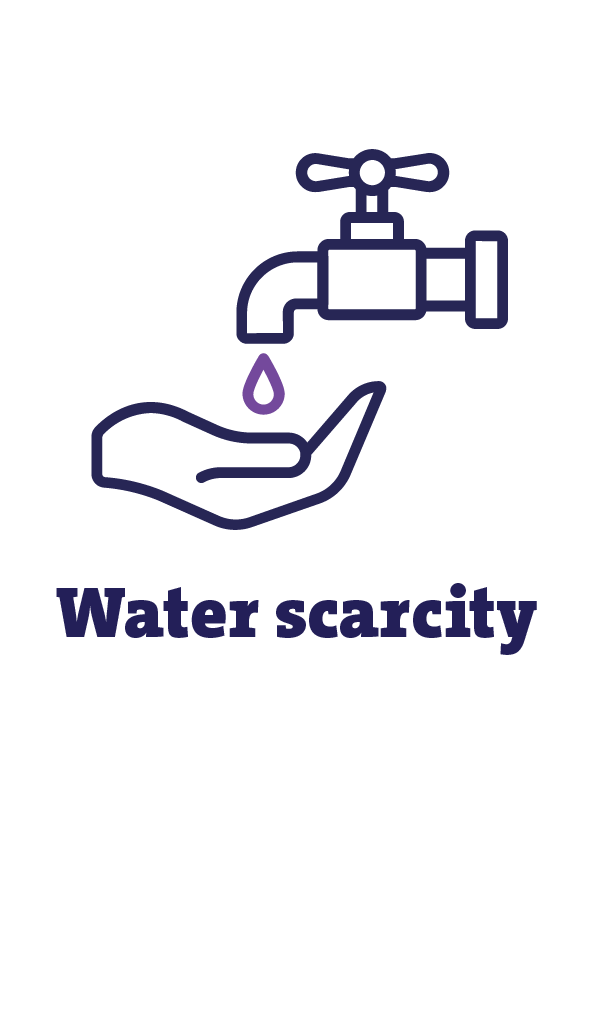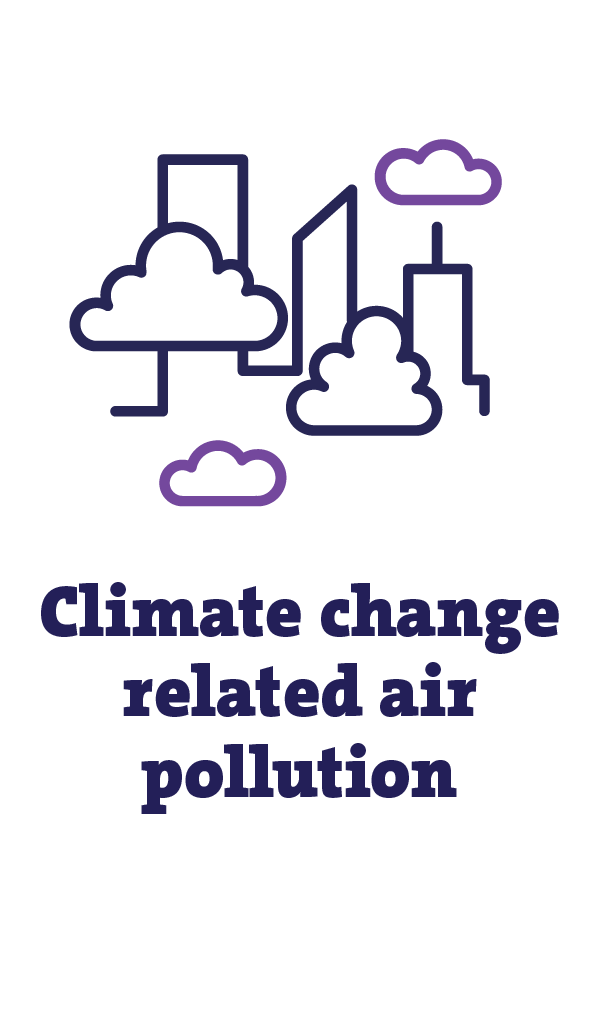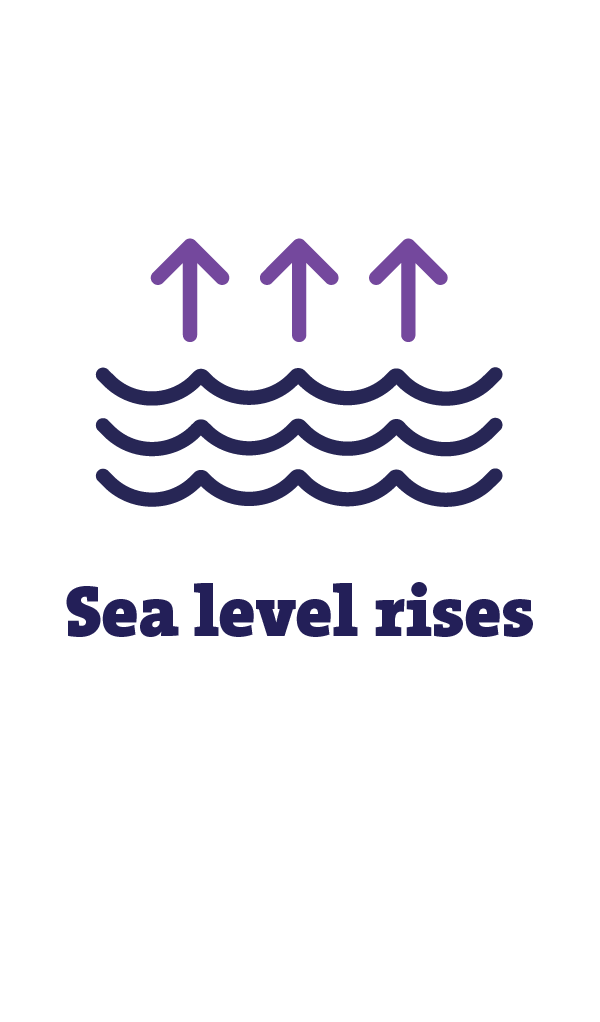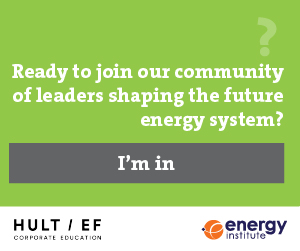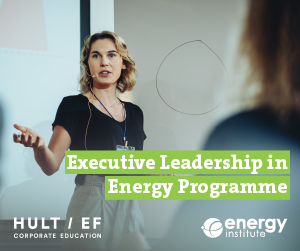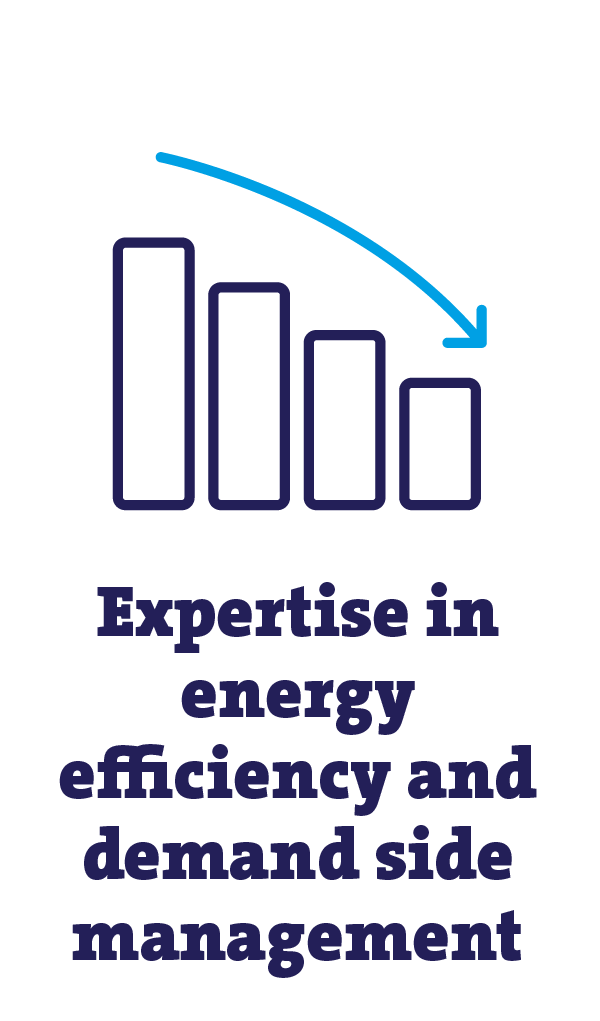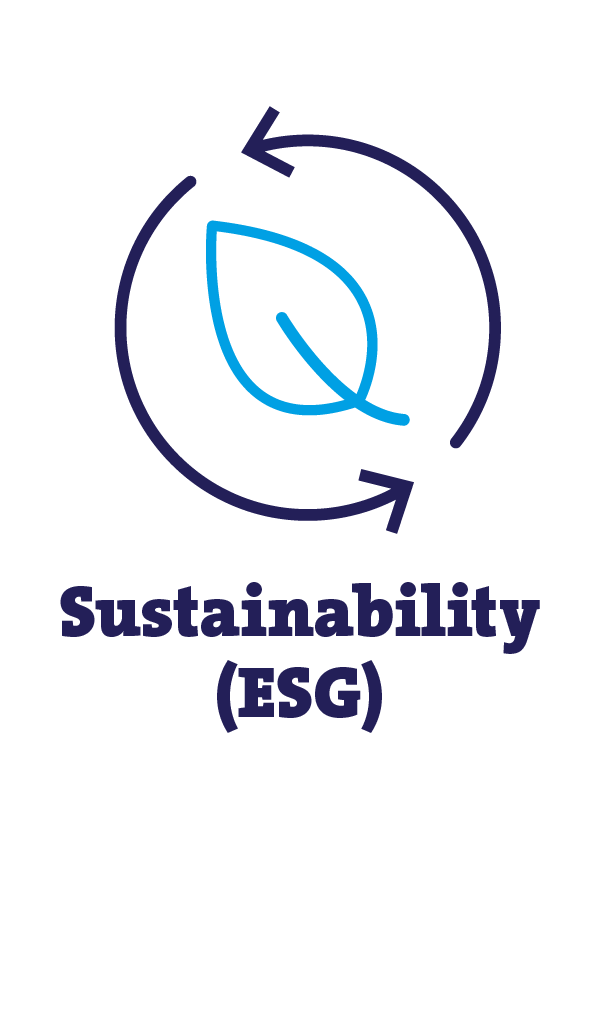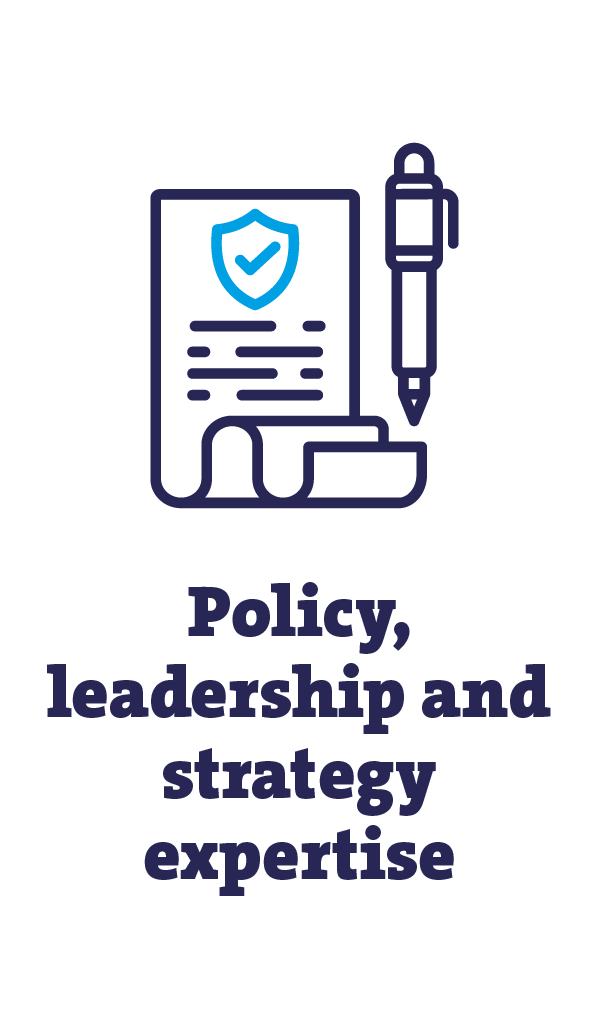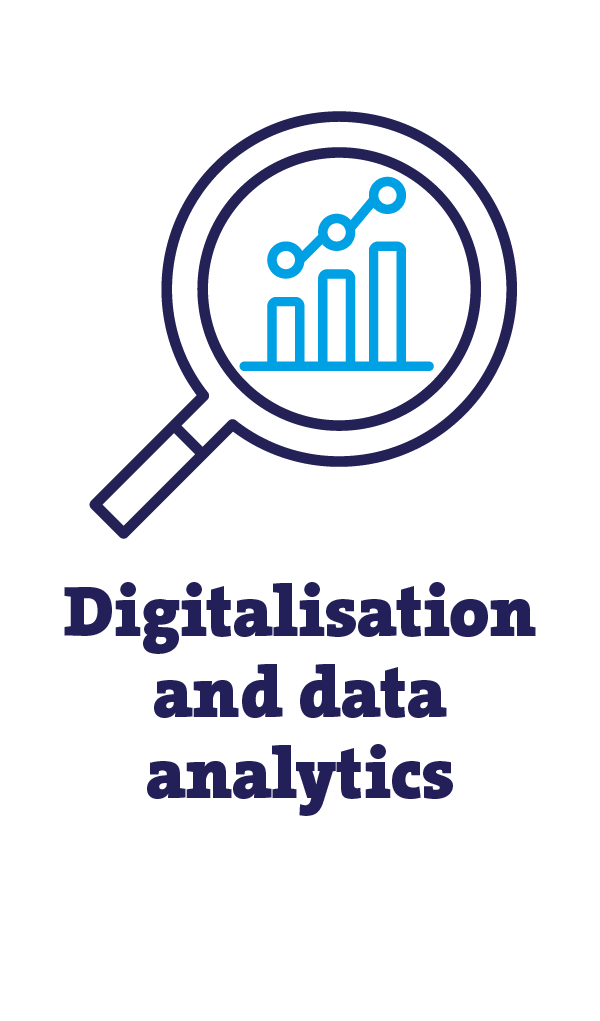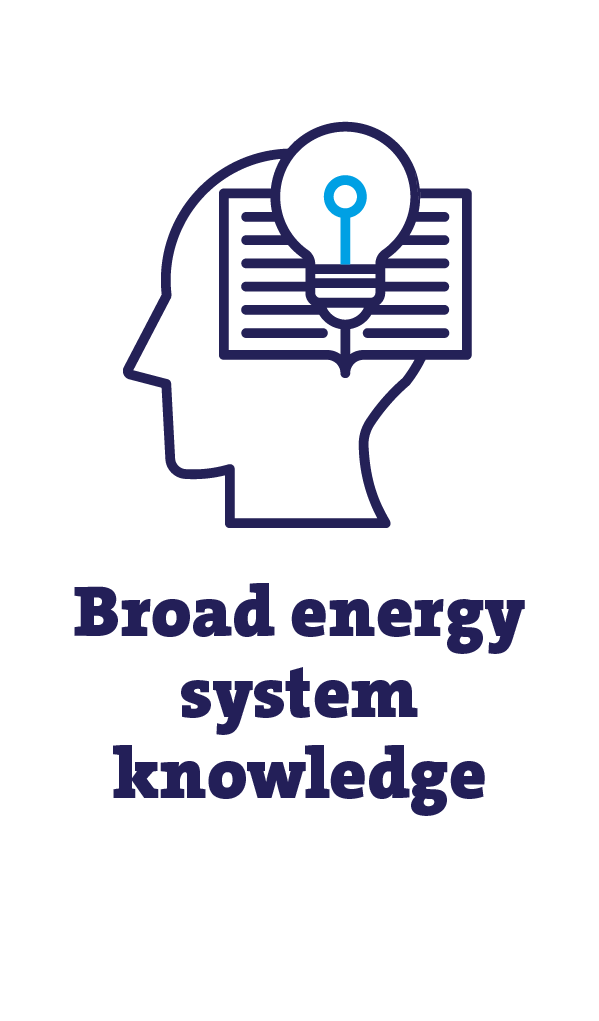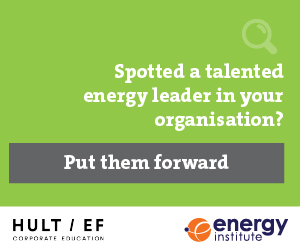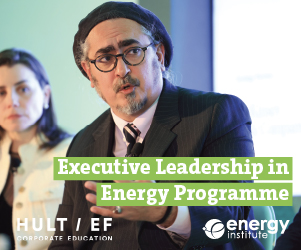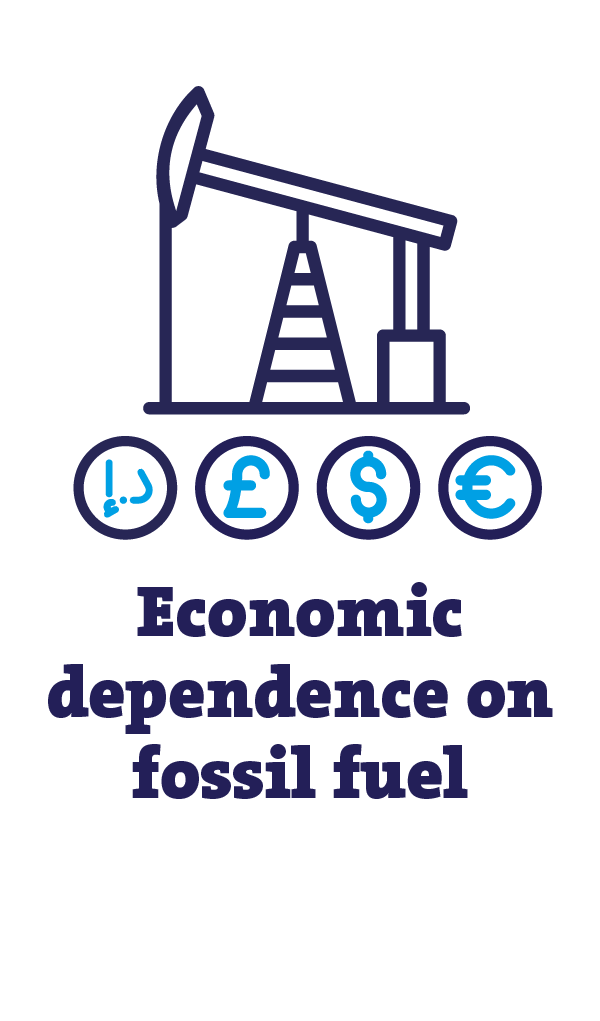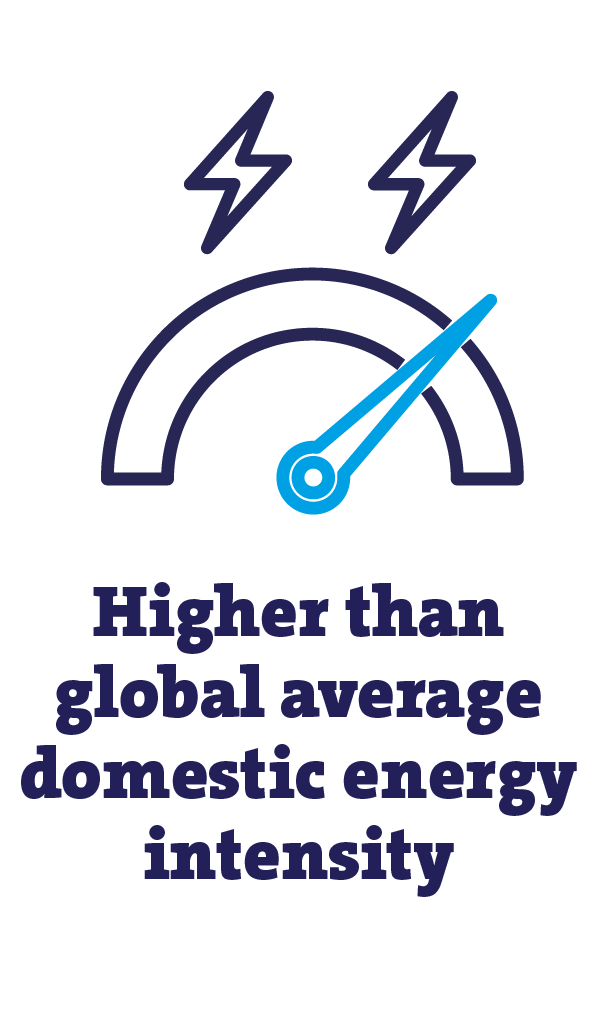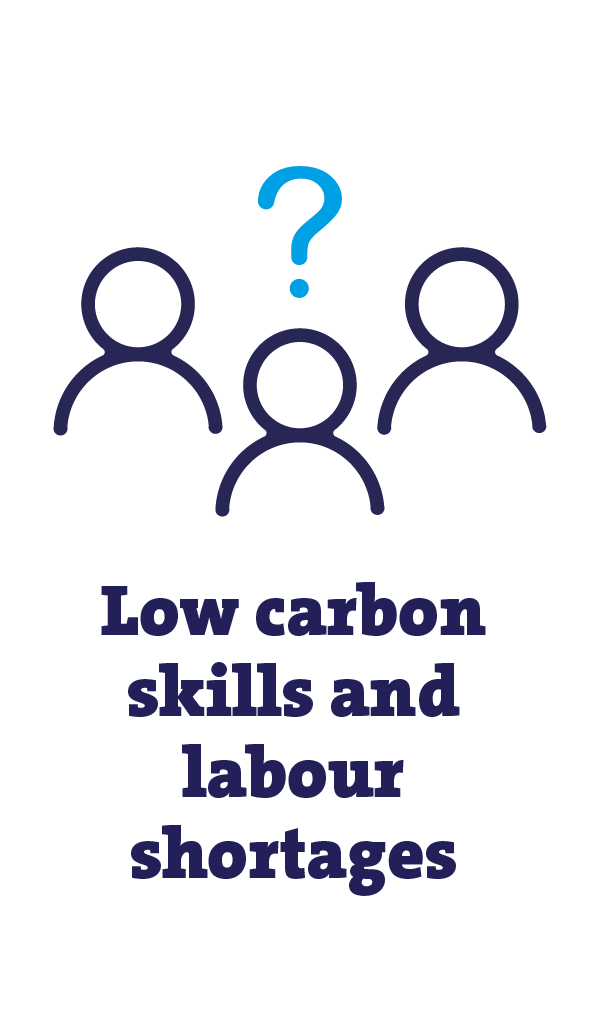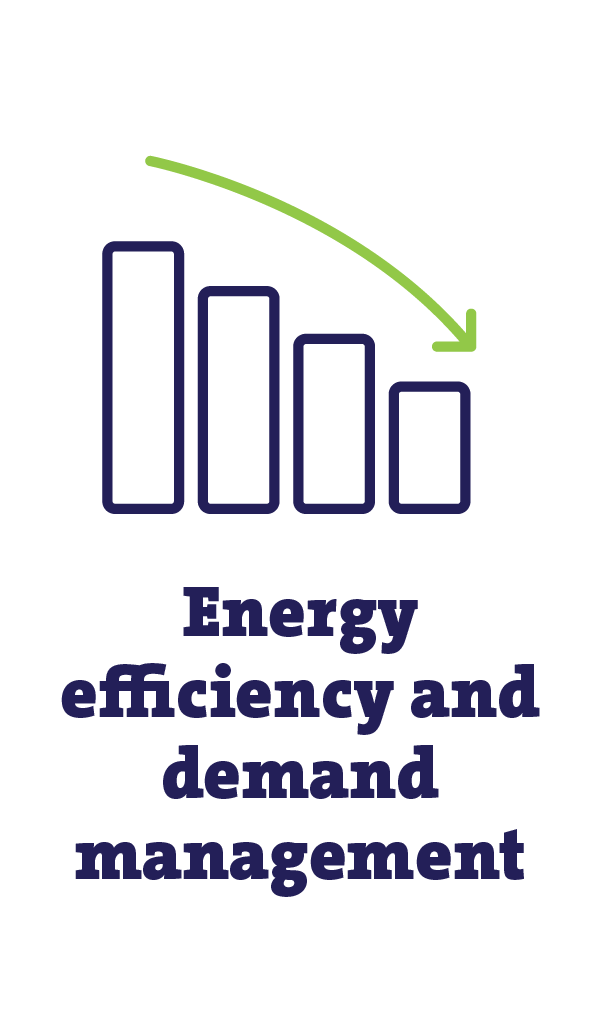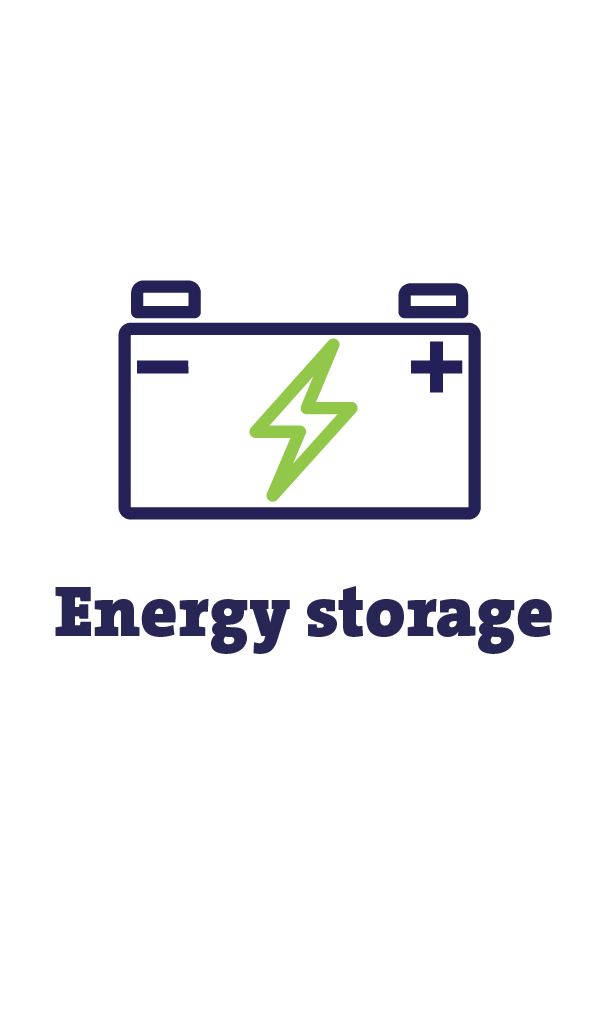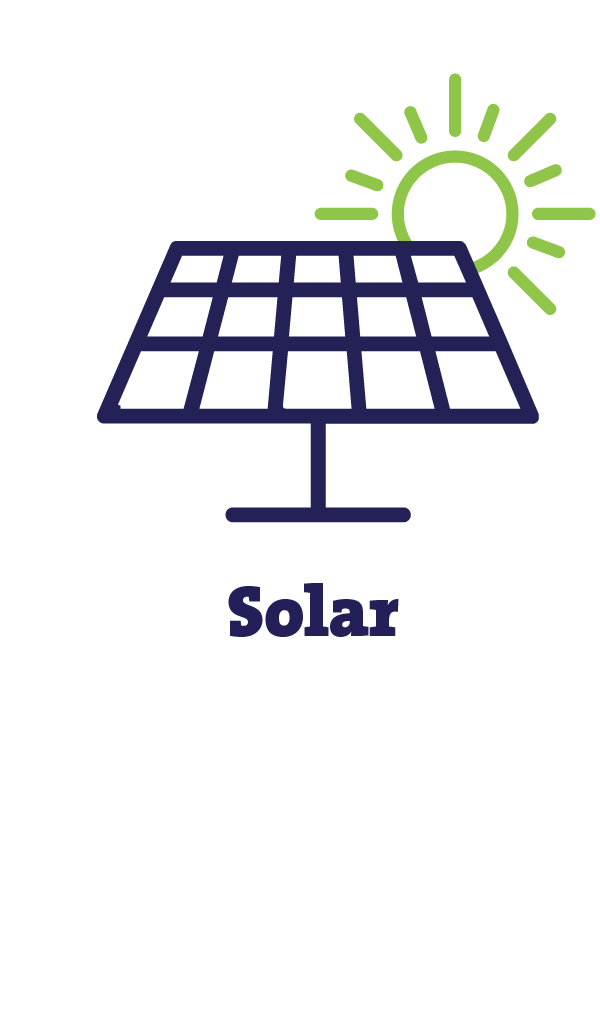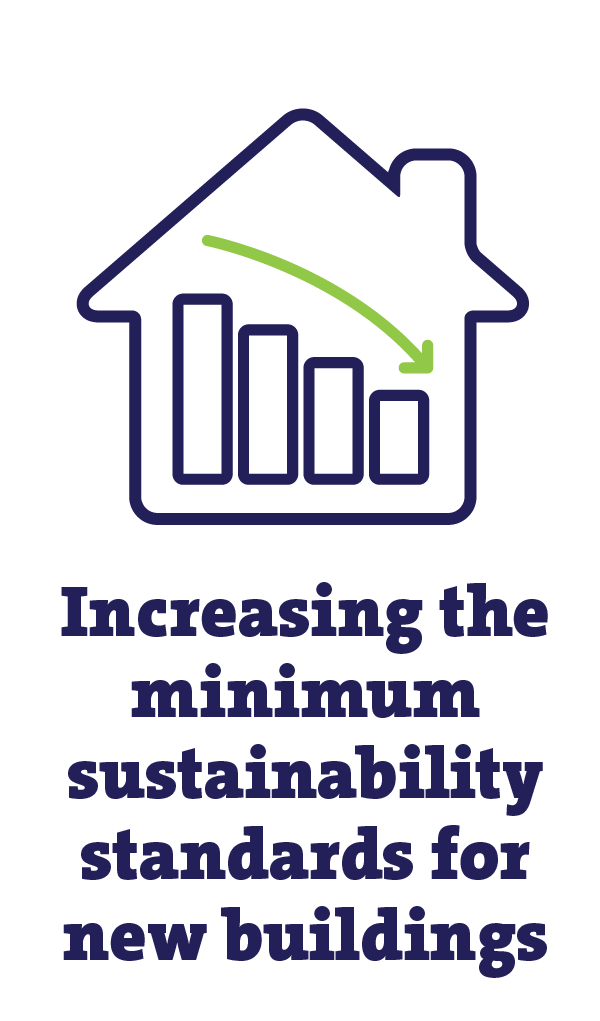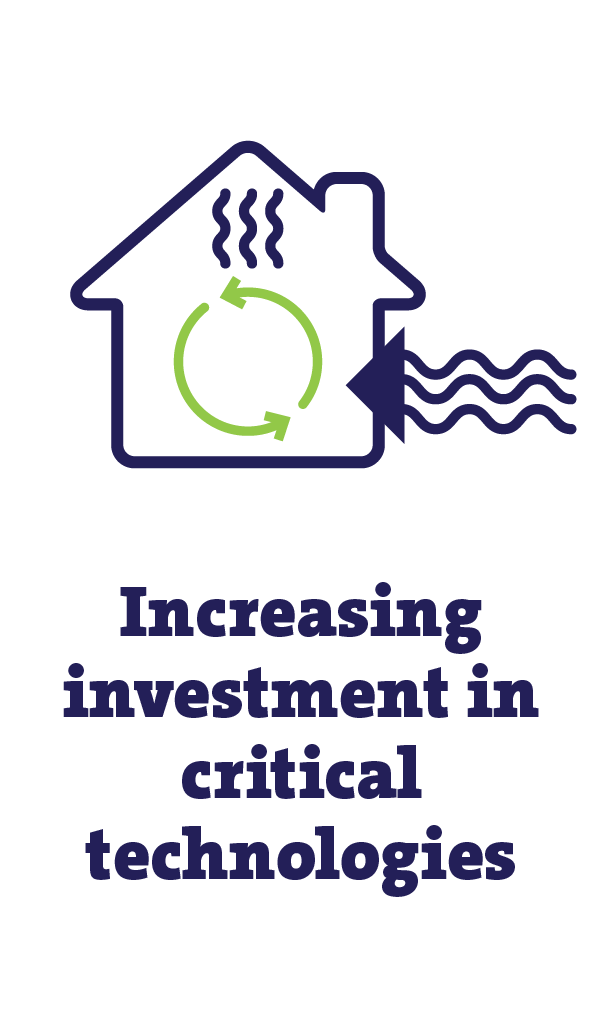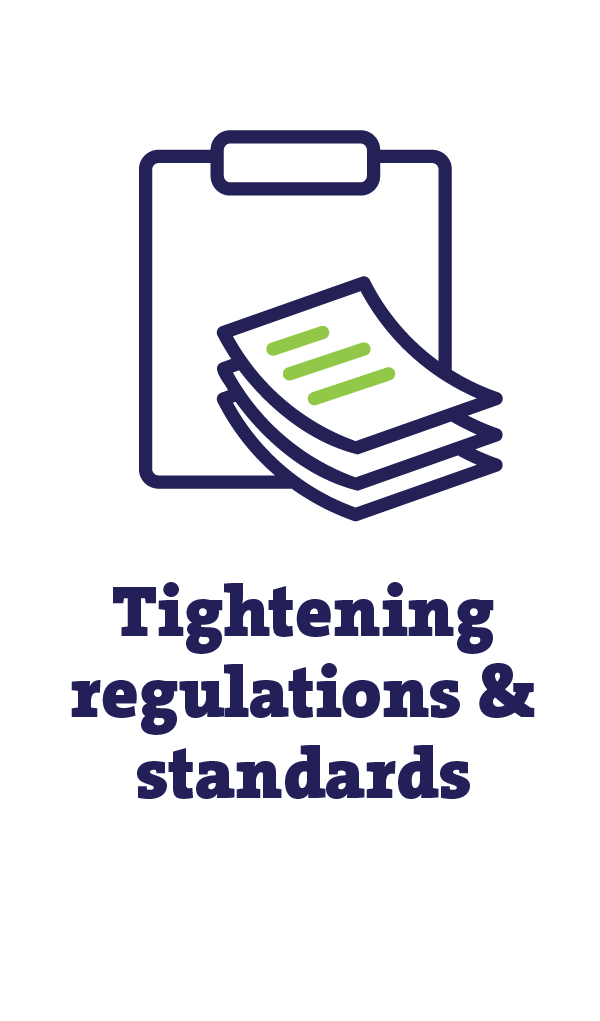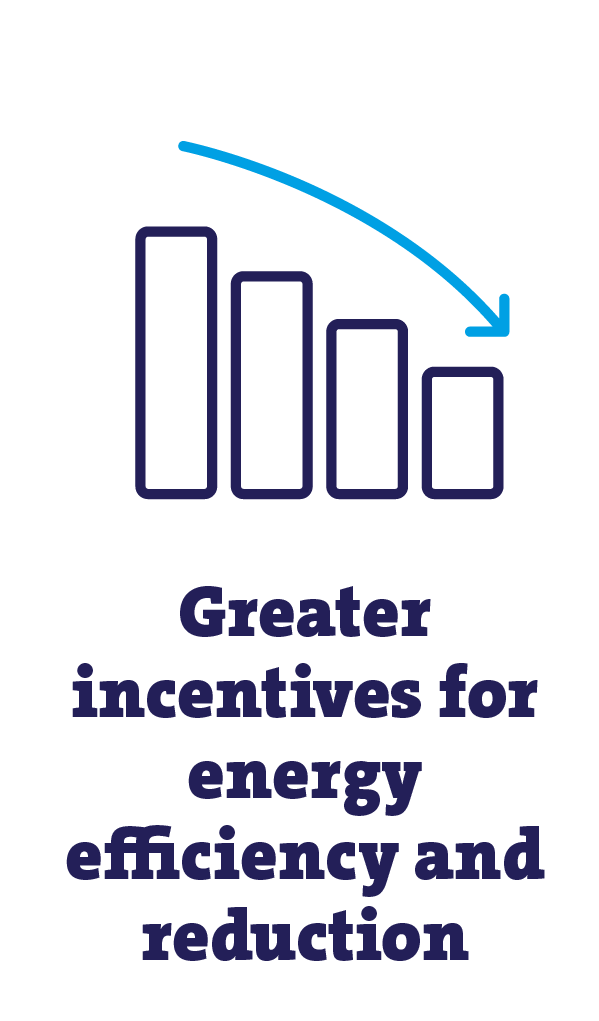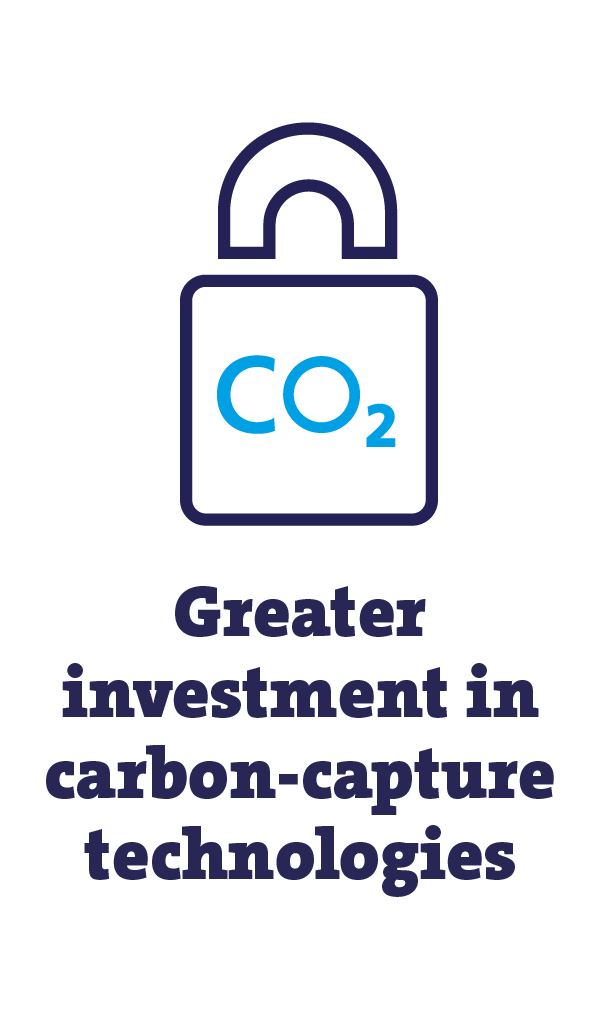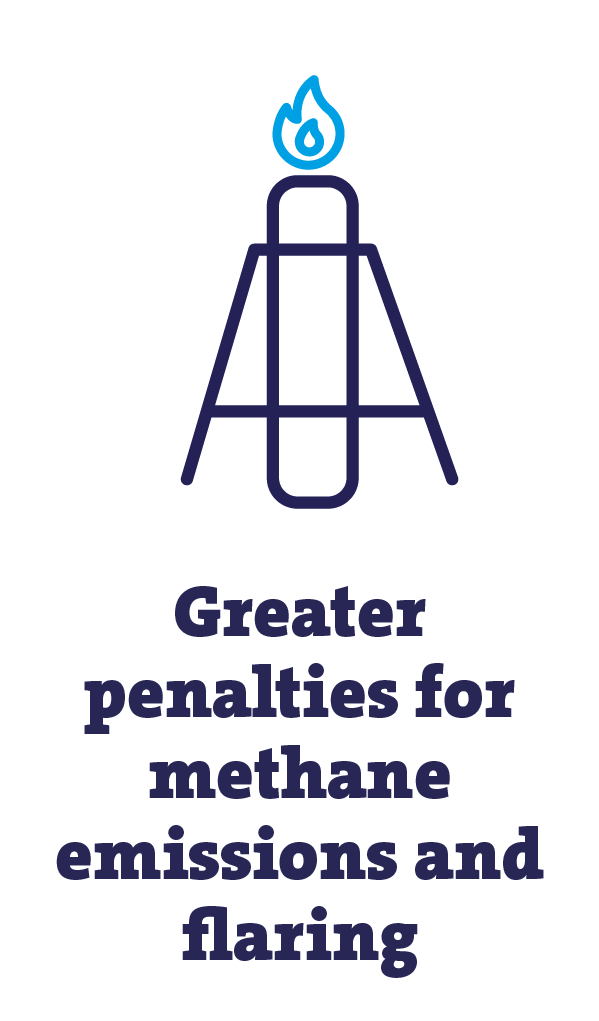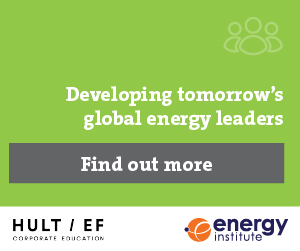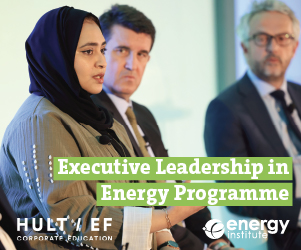The climate – from local impacts to COP28 Presidency
Commenting on his appointment as President of COP28, H.E. Dr Al Jaber noted: “This will be a critical year in a critical decade for climate action. The UAE is approaching COP28 with a strong sense of responsibility and the highest possible level of ambition”. The 2023 Barometer probes the opinions of professionals in the UAE on the impact of climate change on the region and the priorities of the UAE’s Presidency and beyond. The results indicate a strong belief that the region will be disproportionately affected by climate change by 2050, in turn, creating the need for setting ambitious energy transition and climate change targets. Whilst UAE energy professionals are optimistic about meeting these targets, the results also reveal concerns about the policies, regulation, and market mechanisms in place to get there.
Current climate conditions: whilst to date the impact of climate change in the UAE is no worse than anywhere else in the world, by 2050 it is expected to be disproportionately affected.
In terms of the effects of climate change today, 82% of respondents believe that the UAE is being impacted either similarly or less so than other parts of the world. However, when asked to consider the impacts of climate change by 2050, 53% of respondents believe that the UAE will be disproportionately adversely affected by climate change than elsewhere in the world. Despite this, there is optimism that the UAE will be able to adapt with some interviewees pointing to the fact that the people in the region have a long history of coping with extreme climatic conditions, in particular high temperatures.
Future climatic conditions: the impacts of climate change are creating pressure for change with rising temperatures and shorter winters that create harsher working conditions the two biggest concerns for people’s lifestyles in the UAE.
With the UAE expected to be increasingly affected by climate change, the survey reveals how this is most likely to manifest itself and how people’s lives in the region are most likely to be impacted. The majority (58%) of the survey’s respondents believe that a combination of rising temperatures and shorter winters are the greatest threat from climate change to the way of life in the UAE. These, in turn, are expected to lead to harsher working conditions in an increasingly hotter climate (56%), water scarcity (41%), and climate change-related air pollution, mainly due to dust and sand suspended in the air, cars, and fossil fuel power stations (38%).
It is perhaps somewhat surprising that, in a country where most of the urban development is coastal, either on existing or reclaimed land, the threat of rising sea levels only ranked fifth with desertification sixth. Nonetheless, it is clear that “water” as a general theme within climate change risk is a prevalent concern.
Whilst many interviewees agreed with the survey results, there were some opposing views as to whether or not some threats were directly attributable to climate change. For example, opinion is split on whether water scarcity in the UAE is due to climate change with one interviewee stating:
“With or without climate change, we would still be draining the aquifers at an unsustainable rate. And it would still be a huge problem.”
Whatever the cause, a continuing decline in the water table will only serve to drive demand for desalination for cleaner and potable water. In a further twist to the impact of climate change, another interviewee raised the issue of increased salinity of seawater that, in turn, raises the work rate and energy requirements of desalination processes.
What are the perceived greatest threats from climate change to the way of life in the UAE?
Under its COP28 Presidency, to get the global energy transition on track for 2050, the UAE must proactively push on multiple fronts to strengthen emissions reduction targets and accelerate the actions needed to deliver them.
The respondents acknowledge that tackling climate change is a global challenge requiring a global response. As one interviewee stated, “The UAE is a wealthy country, and it may be able to meet its emissions targets. But this is not enough. They need to be met everywhere”. The fact that over a quarter (27%) of respondents indicate “strengthening countries’ existing emissions reduction targets across the board” to be the top priority for the UAE’s COP28 Presidency indicates not only a strong belief that action must be universal, but that current commitments do not go far enough.
With stronger targets in place, there are expectations that the UAE should then use its Presidency to work on multiple fronts to deliver the action needed to meet those targets. Given relatively equal weighting, the priorities for that agenda should be to “broker specific agreements to speed up deployment of renewables globally” (21%), “reform and reinforce climate financing mechanisms” (18%), “broker specific agreements to reduce flaring and methane emissions from oil and gas lifecycles” (17%) and “broker specific agreements to phase out the use of coal globally” (15%).
What should be the energy-related priorities for the UAE Presidency?

“As the world’s eyes turn to Dubai for COP28, the Energy Barometer is a window on the views of the Energy Institute’s members and others working across the host nation’s vital field of energy.
Here in the UAE, we have a long way to travel on the road to net zero, but the Barometer reveals a workforce highly cognisant of the escalating risks of not doing so, and optimistic about meeting the targets set and capitalising on the opportunities.”
- Dr Waddah S Ghanem Al Hashmi FEI, Honorary Chair, EI Middle East
It is understood that universal action is required to tackle climate change and that the UAE is committed to playing its part alongside others. Through collaboration and leveraging synergies with regional partners, significant mutual benefits can be delivered.
On addressing the question of how greater collaboration across the region to combat climate change would benefit both the UAE and the other Gulf Cooperation Council (GCC) countries, a high percentage of respondents (44%) ranked "accelerating clean energy through joint R&D and knowledge exchange" as the most important area for collaboration. This was followed by "realising economies of scale from shared or interconnected assets" (39%) and "common regulatory and licencing frameworks" (31%). [For some questions, the respondents could provide and rank multiple answers to a single question. In these instances, the percentage scores can sum to more than 100%. Please see the Methodology at the end of the report for more information.]
Beyond COP28, the UAE must continue to demonstrate leadership of and influence the global energy transition. It has an opportunity to create the template for how other oil and gas producing nations fulfil their parts.
The survey responses indicate several ways in which the UAE should act in the medium to long term, particularly in demonstrating good practice and climate leadership to other oil and gas producing nations. The areas for it to prioritise and the weightings given were evenly split between “investing heavily in technologies to decarbonise fossil fuel production and use” (28%), becoming a “vocal advocate for ambitious climate action by other oil and gas producers” (25%), “shifting the energy industry's focus firmly from oil and gas to renewables” (24%), and “continuing its role as an oil and gas producer but increasingly channelling their profits into clean energy” (20%). An interesting view arising from the interviews was the need to facilitate international agreement over access to the key rare elements and minerals so critical to several technologies needed for the energy transition. Whilst expectations were low that this could be brokered during COP28, laying the groundwork now through debate could create the conditions for future action and would be another positive outcome for the UAE’s Presidency.
Beyond hosting COP28, how can the UAE most effectively demonstrate leadership and influence the global energy transition?

“The granularity of the picture set out in the Barometer contrasts with some of the more simplistic generalisations about the UAE and its Presidency of COP28. H.E. Dr Sultan Al Jaber and his team have an opportunity to build new bridges among diverse nations, and we look forward to seeing real leadership over the coming weeks and beyond.”
- Dr Nick Wayth CEng FEI, EI CEO
